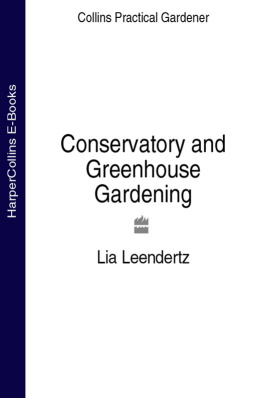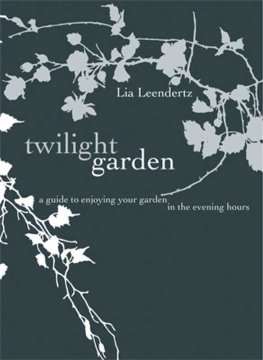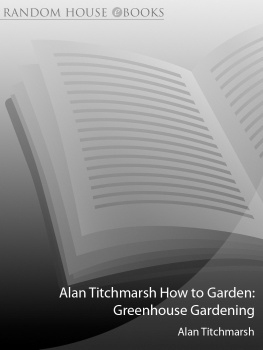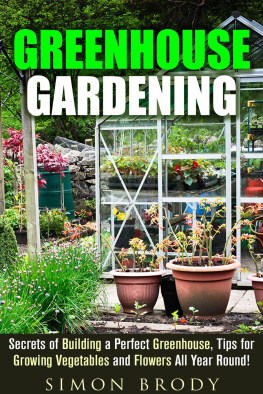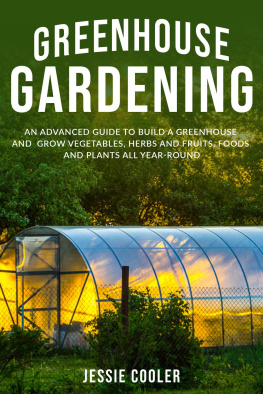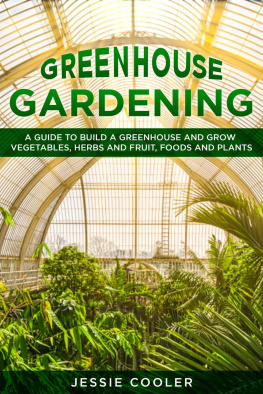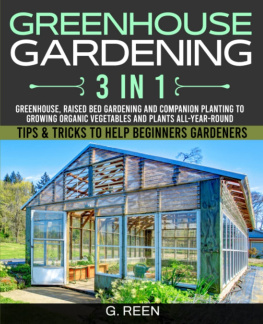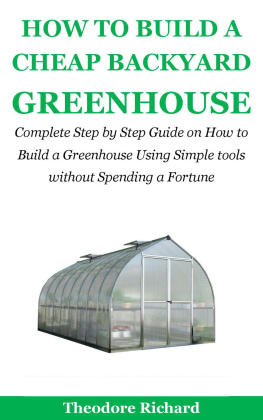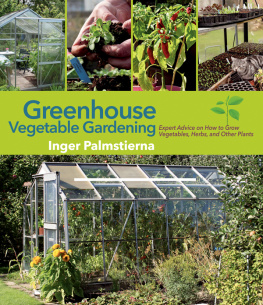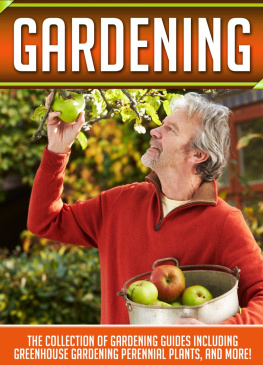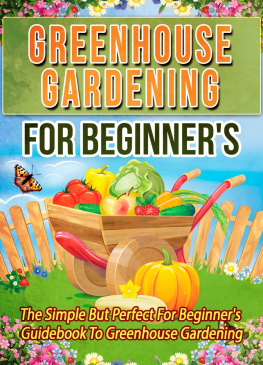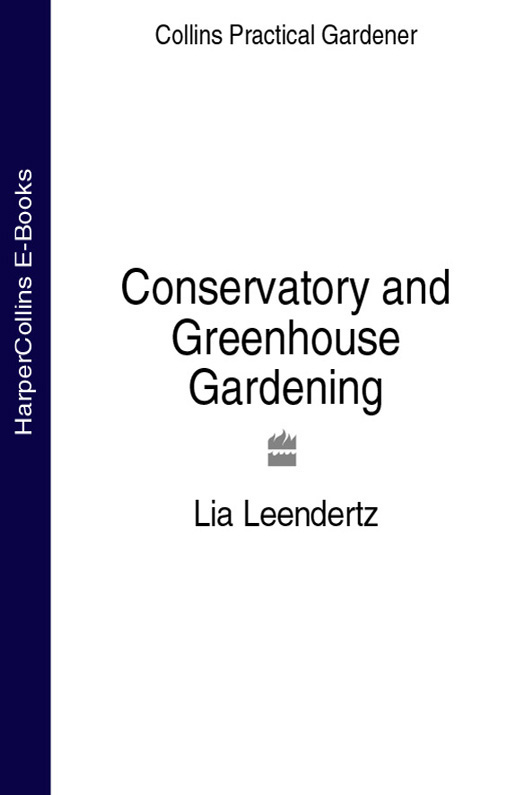
Contents

Greenhouses or conservatories provide a half way point where houseplants flourish in higher light levels than those indoors and tender plants bloom in higher temperatures to those outside. Once you have begun gardening under glass, you will find that you can grow an increased range of plants and will have trouble squeezing them all in.
As well as giving you the opportunity to increase the variety of plants you grow under glass, a greenhouse or conservatory quickly becomes an indispensable tool for the rest of the garden. The protection afforded from the elements means that the environment can be easily manipulated and controlled, making it perfect for raising plants from cuttings and seeds, growing on bulbs and overwintering half-hardy plants.
Conservatories are usually attached to the back of the house, taking on the function of an extra room. Because of this they are often kept warm, increasing the variety of plants open to you. They are fairly expensive structures to erect but once they are up and running they are the perfect place to grow and show off some horticultural beauties. A greenhouse is a far more utilitarian beast. They are usually tucked away towards the bottom of the garden, and as such are more difficult to heat and keep warm. They often get used for more practical gardening, but can equally be made into a place of beauty, filled with ornamental plants.
Whether you are thinking of buying a greenhouse or conservatory, or have inherited one on moving into a new house, think about what you want to get out of the space and how best to set it up. The first section of this book will help you to do this. At the same time, you will find it helpful to think about the kinds of plants you would like to grow, and the sort of conditions they will require. The AZ of ornamental plants, followed by a selection of edible plants that thrive under glass, will give you some ideas and all the information you need to keep these plants growing well and producing beautiful flowers, foliage or fruits.

All sorts of exotic plants and fruit trees can be grown in a conservatory or greenhouse environment
How to Use This Ebook
This ebook is divided into three parts. The opening chapters guide you from the outset of choosing a conservatory and greenhouse, through the planning stages of what you need to maintain the environment, and finally, general care of your plants. A comprehensive plant directory follows, with individual entries on over 130 of the most commonly available indoor house plants, including edible plants. These are listed in alphabetical order in separate chapters devoted to plants suitable for a conservatory or greenhouse, and edible plants. The final section of the ebook covers plant problems. Troubleshooting pages allow you to diagnose the likely cause of any problems, and a directory of pests and diseases offers advice on how to solve them.
Conservatories are often built in size and shape according to customer choice. With greenhouses, there are several different shapes available, each with its advantages and disadvantages.
Choosing a greenhouse or conservatory
Shape
The most commonly seen greenhouse is the barn- or span-roof type. These have vertical sides, which provide the maximum growing space for tall-growing plants. They can be completely glazed or have base walls on some or all sides. Base walls usually only reach up to about 1m (3ft) and can be built from wood, brick or concrete. They reduce the amount of light that the greenhouse receives, but help to retain heat. A combination of full glazing on some walls and base walls on others allows you to grow plants that need full light on one side of the greenhouse and to put up benches on the other, under which you can grow shade loving plants.
A lean-to uses a house wall or other wall as its fourth side. This can be useful for cutting down on heating bills, as house walls will give out some heat. South- or west-facing walls will also absorb heat from the sun and release it at night. Lean-tos often also have base walls on all three sides. This is particularly useful for growing vines or other climbers as a strong framework can be wired up to the house wall.
KEY

This symbol denotes shade, typically to be found wherever there is a tree or building casting a shadow.

The yellow line denotes sunshine. On one side the sun will shine in the morning, on the other, in the afternoon.

This blue arrow denotes the direction of wind. In this case, the wind enters through vents or windows.


Dutch light houses are always fully glazed. Their walls lean inwards slightly to catch the most sun. These are the brightest of all greenhouses and are good for growing real sun-loving plants. However, they can be difficult to heat.
There are a number of attractive modern designs now available that bring greenhouses firmly into the 21st century. Most attractive among these is the geodesic dome-style house. These are attractive features to add to the garden, making it look like a miniature Eden Project. Although they look great, they are perhaps not the most practical of greenhouses. Their curved sides cut down dramatically on growing space for taller plants, and it is hard to put in any benches without ruining its good looks. However, as an attractive structure within which to provide a display of ornamental plants, they are perfect.
Conservatories are also available in many various shapes, but the major differences are mostly in style and ornamentation. This is obviously a matter of personal choice. However, do bear in mind the amount of heat that will be lost through fully glazed walls and consider going for a style with a base wall on some or all sides.
Size
The main rule when choosing a size is to go for as large as is practical. Small greenhouses always fill up with plants and are not necessarily easier to heat. Small spaces heat up quickly, but then lose heat fast. They can quickly become too hot in warm weather. A larger space will have a more even temperature. However, if you only have a small outdoor space, you should make sure that the greenhouse does not take over the whole garden.
When choosing a conservatory, consider how the house will look when it is completed. As well as planning for the amount of plants you want to grow, think about what other features you would like and take time to consider how much space benches, dining tables and chairs will take up.

